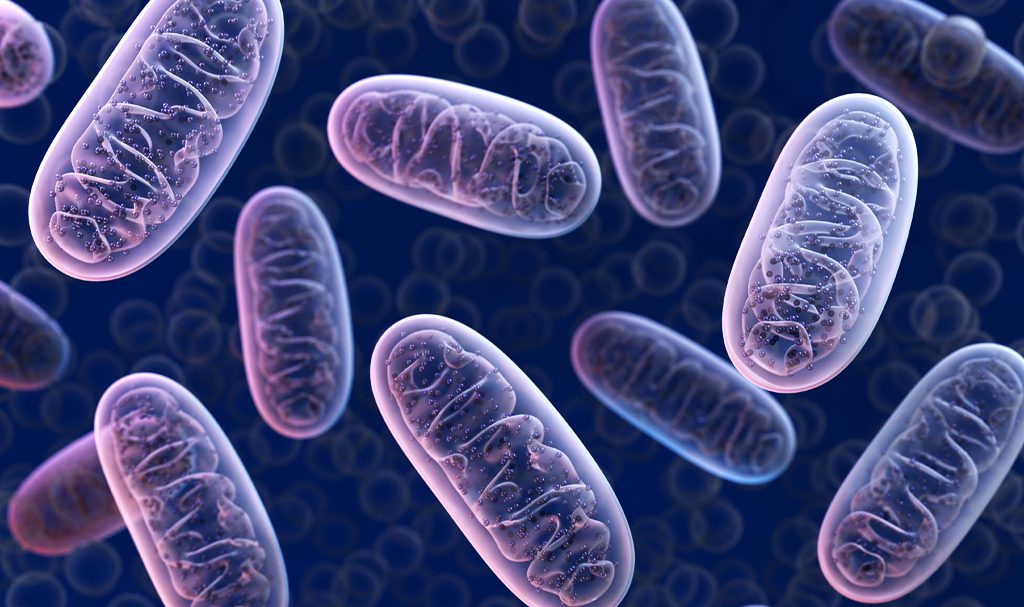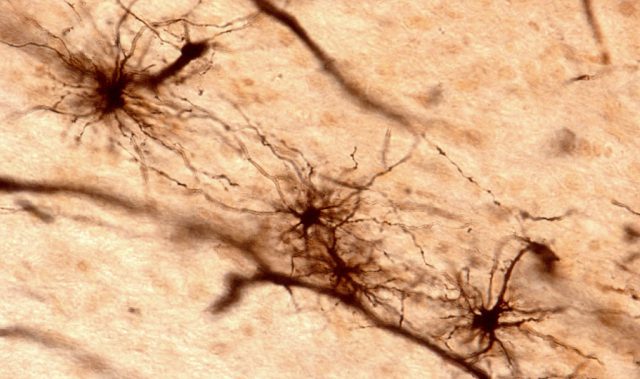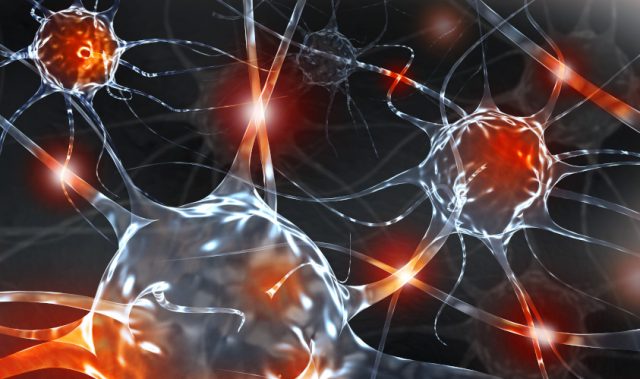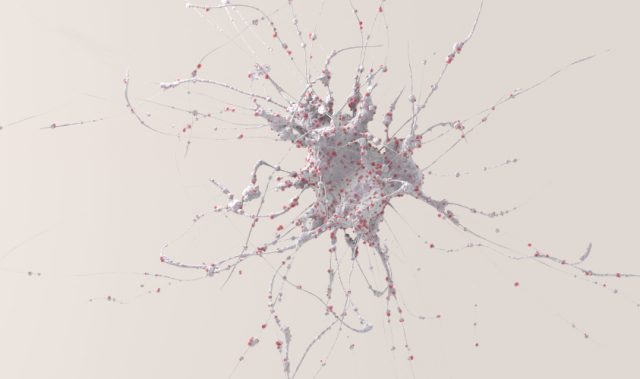
AsianScientist (Aug. 13, 2020) – In a study published in the Proceedings of the National Academy of Sciences, a Korean research team has identified over a hundred proteins involved in a key cellular signaling hub.
A defining feature of eukaryotic cells, membrane-bound organelles allow cells to compartmentalize the intracellular environment and create specialized roles. The mitochondria, for instance, are responsible for producing energy for the cell in the form of ATP, while the endoplasmic reticulum (ER) specializes in producing proteins.
Although they are distinct in terms of location and function, the mitochondria and ER can communicate through structures known as mitochondria-associated membranes (MAM). When mitochondria and ER come into contact with each other, MAM are formed to facilitate calcium transport. If an excessive amount of calcium is transported into mitochondria, it compromises its function and leads to the onset of disease. In fact, MAM have been detected in many patients suffering from degenerative neural diseases such as Alzheimers.
In the present study, a team led by Dr. Mun Ji-young at the Korea Brain Research Institute developed a new technique for labeling and analyzing proteins localized at MAM, using it to identify 115 MAM-specific proteins within live human cells.
Up until now, the centrifuge method has mainly been used to analyze the structure of MAM-specific proteins. However, centrifugation is inefficient and generates excessive noise during the splitting process. In contrast, the team used large area-3D scanning electron microscopy to observe the structure of MAM within cells. They discovered that an outer mitochondrial membrane protein called FKBP8 facilitates the creation of MAM and plays an instrumental role in calcium transport.
This study is significant in that it discovered proteins capable of regulating an increase in mitochondrial calcium, which is now known as a common cause of neurodegenerative diseases. In the future, these findings could be used to develop treatment options for Alzheimer’s disease and Parkinson’s disease.
“Diseases occur when inter-organelle communication is hindered or disturbed,” Mun said. “We conducted joint research on the functions of FKBP8 from among the identified proteins. Our follow-up study will be targeted at its activities as a key factor for delaying or preventing damage to mitochondria.”
The article can be found at: Kwak et al. (2020) Contact-ID, a Tool for Profiling Organelle Contact Sites, Reveals Regulatory Proteins of Mitochondrial-associated Membrane Formation.
———
Source: Korea Brain Research Institute; Photo: Shutterstock.
Disclaimer: This article does not necessarily reflect the views of AsianScientist or its staff.












